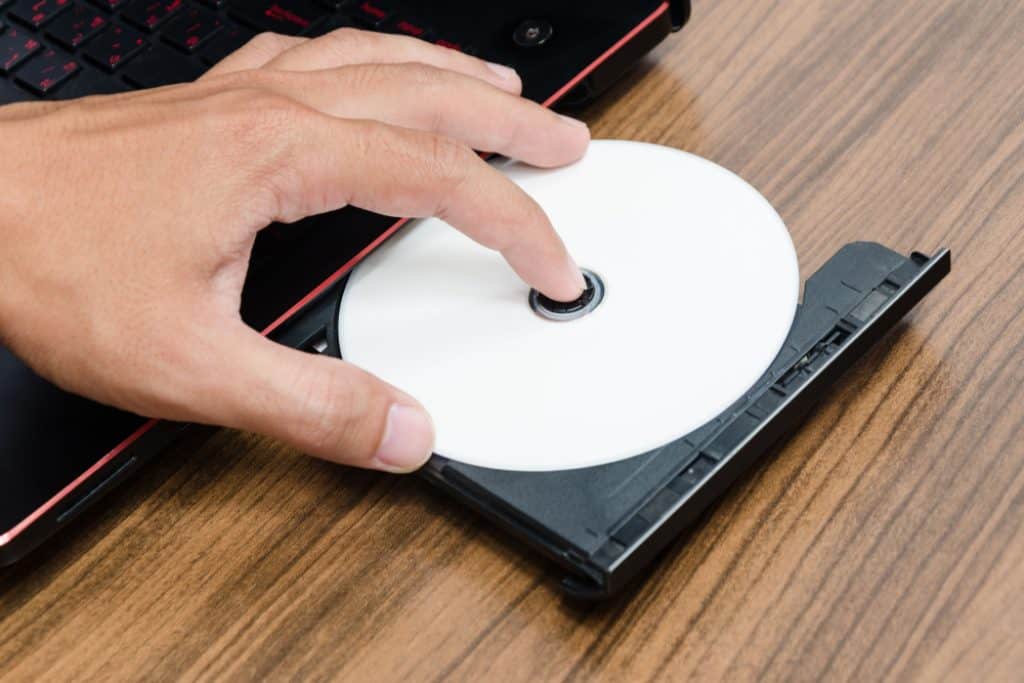CD Drive: An Overview

A CD drive is a device that reads and writes data to CDs (compact discs). It is a common component of personal computers and laptops. CD drives are used to install software, play music, and store data. In this article, we will discuss the different types of CD drives, their features, and their uses.
Types of CD Drives
There are two types of CD drives: internal and external. Internal CD drives are also built into the computer’s chassis and are connected to the motherboard via an IDE or SATA cable. External CD drives, on the other hand, are standalone devices that connect to the computer via USB or FireWire.
Features of CD Drives
CD drives come with different features, depending on their make and model. Some of the common features include read and write speeds, buffer size, and access time. The read and write speeds determine how fast data can be read from or written to a CD. The buffer size is the amount of memory used to temporarily store data before it is written to the CD. The access time is the time it takes for the drive to locate a specific file on the CD.
Uses of CD Drives
CD drives have various uses, including installing software, playing music, and storing data. They are also used for creating backup copies of important files and documents. In addition, some CD drives can read and write to other types of discs, such as DVDs and Blu-ray discs.
Conclusion
In conclusion, a CD drive is an essential component of a computer system. It allows users to install software, play music, and store data. There are two types of CD drives: internal and external. They come with different features such as read and write speeds, buffer size, and access time. Users can also choose a CD drive based on their specific needs and requirements.





